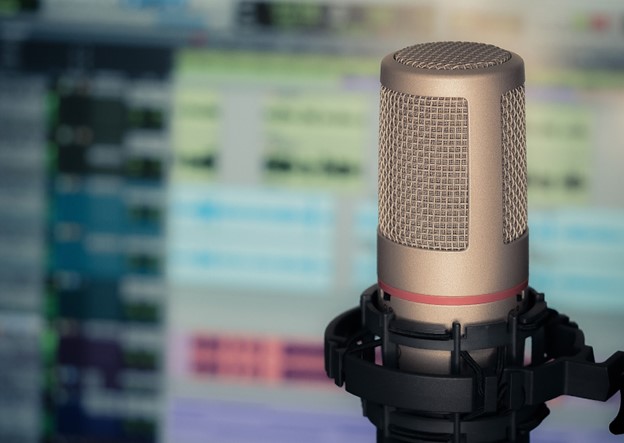
Guest post by Dr. Ryan Weber
Many companies use podcasts to humanize their brands, connect with potential customers, and offer value-added content. For instance, Morgan Stanley’s Access and Opportunity podcast, which interviews people involved in inclusive innovation, has published 74 episodes, earned a 4.9-star rating on iTunes, and won a Webby Award in 2022. With an estimated 177 million people listening to podcasts, the medium presents an appealing marketing opportunity.
But while podcasts seem like an easy and inexpensive marketing tool, many suffer from a phenomenon called “podfading.” They start out strong and then disappear, usually by episode seven. Only about 18% of iTunes podcasts are active. The vast majority of podcasts fail. For instance, Blue Apron’s Why We Eat What We Eat podcast only lasted seven episodes, and Gatorade’s The Secret to Victory podcast only published six.
How to Create a Sustainable Podcast
If you launch a podcast, odds are that it won’t last. Follow these tips for creating a sustainable podcast that engages listeners for years:
Set Realistic Expectations
Just because you devise a blockbuster podcast idea doesn’t mean you can make that show. Imagine someone at Netflix suggests a podcast where hosts review beloved films streamed on the service and interview creators, actors, and critics about them. Cool idea. But the hosts and producers have to devote time to watching the films, researching them, and scheduling and conducting interviews with famous people. That show will likely podfade.
Instead, Netflix produces WeAreNetflix, which takes listeners behind the scenes at the company. Admittedly, that’s not as cool as the movie rewatch podcast. But by featuring short interviews with in-house people, Netflix has produced 40 episodes and counting.
Set Constraints
Make your work easy on yourself. Maybe you commit to keeping all episodes under a half hour. Maybe you only release an episode every two weeks. Maybe you only produce six-episode seasons and then take a three-month break.
When you create your podcast, gleefully follow constraints that make your podcast more manageable. Don’t feel guilty. You’re doing yourself and your listeners a favor.
Set Your Production Schedule
When making a long-term podcast, you rarely work on one episode at a time. Instead, you might plan one episode, record another, and edit another. Juggling multiple episodes causes stress, but the process also creates a rhythm and prevents you from consistently starting from scratch. Schedules can also keep you on task and help you plan for the future instead of getting consumed by individual episodes.
Set Public Deadlines
I often set personal deadlines for my own podcast, 10-Minute Tech Comm, only to ignore them. I have moved my to-do list item “Edit latest episode” from one week to the next for the last month. You can always ignore internal deadlines. But when your audience anticipates new content, you’re more likely to deliver. If your audience expects a new episode every Friday, you get motivated to follow through. Once HBO created a Last of Us recap podcast, fans relied on new episodes to match the schedule of their favorite show.
You won’t want to disappoint your listeners. Tell them your deadlines so they can hold you accountable.
Key Takeaways
Podcasting is fun, interesting, and rewarding. But it also takes a lot of time and commitment. Before creating a podcast, ask yourself if you really have the time, energy, and resources to follow through for the long haul. If you do, conceptualize a podcast you can actually stick with, and set constraints, schedules, and deadlines that make your work easier, not harder. Your audience will thank you when the show lasts past episode seven!

Dr. Ryan Weber is an Associate Professor of English and the Director of Business and Technical Writing at the University of Alabama in Huntsville. He also hosts the podcast 10-Minute Tech Comm.